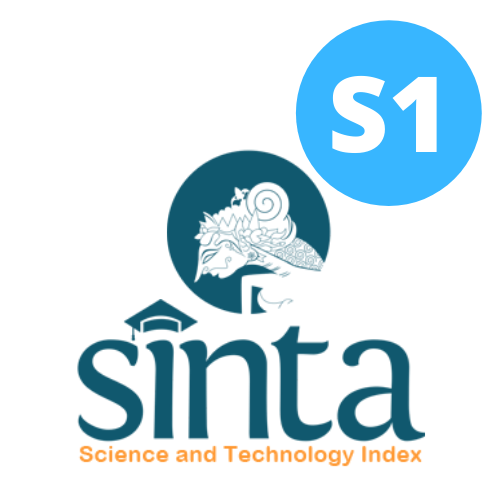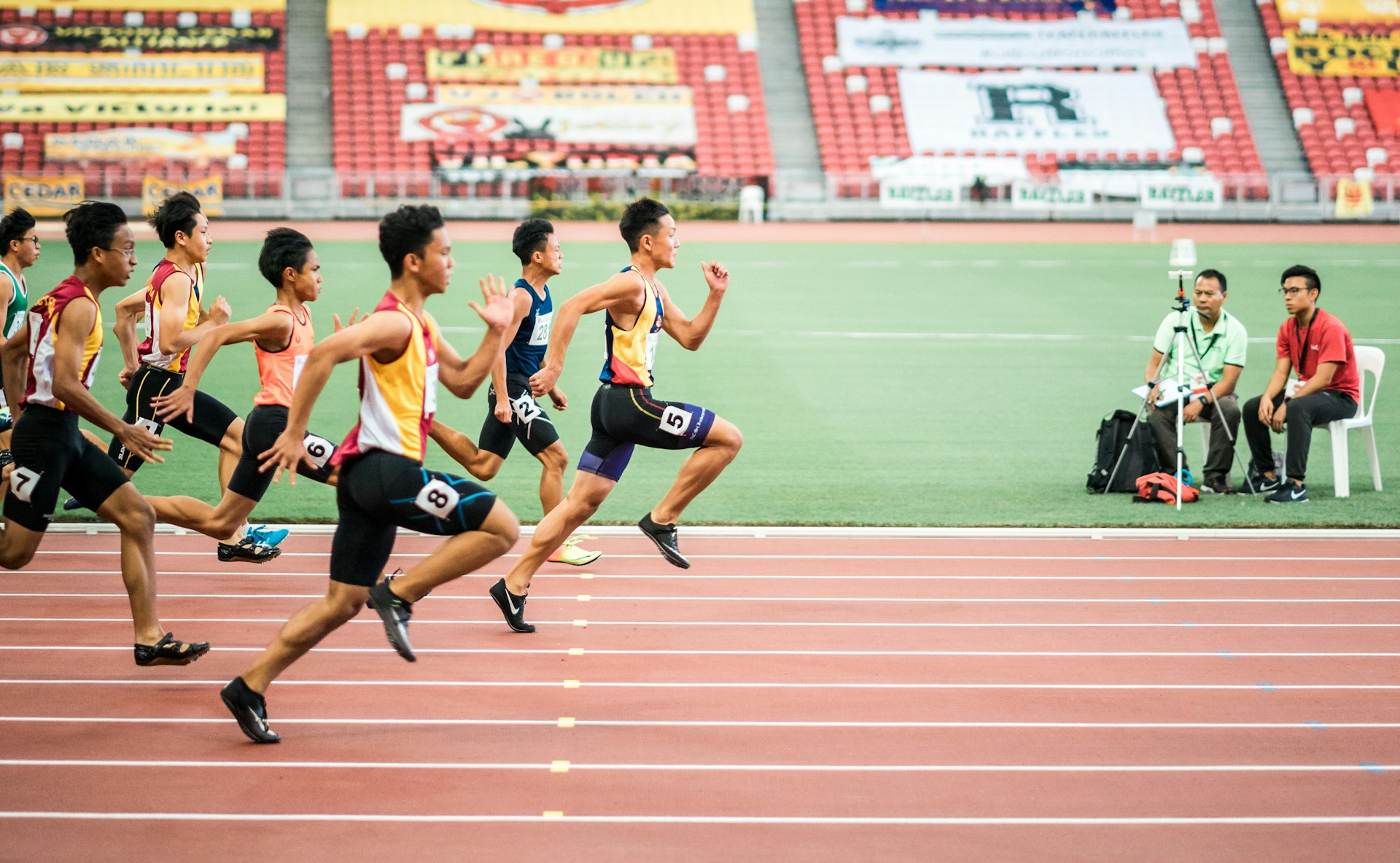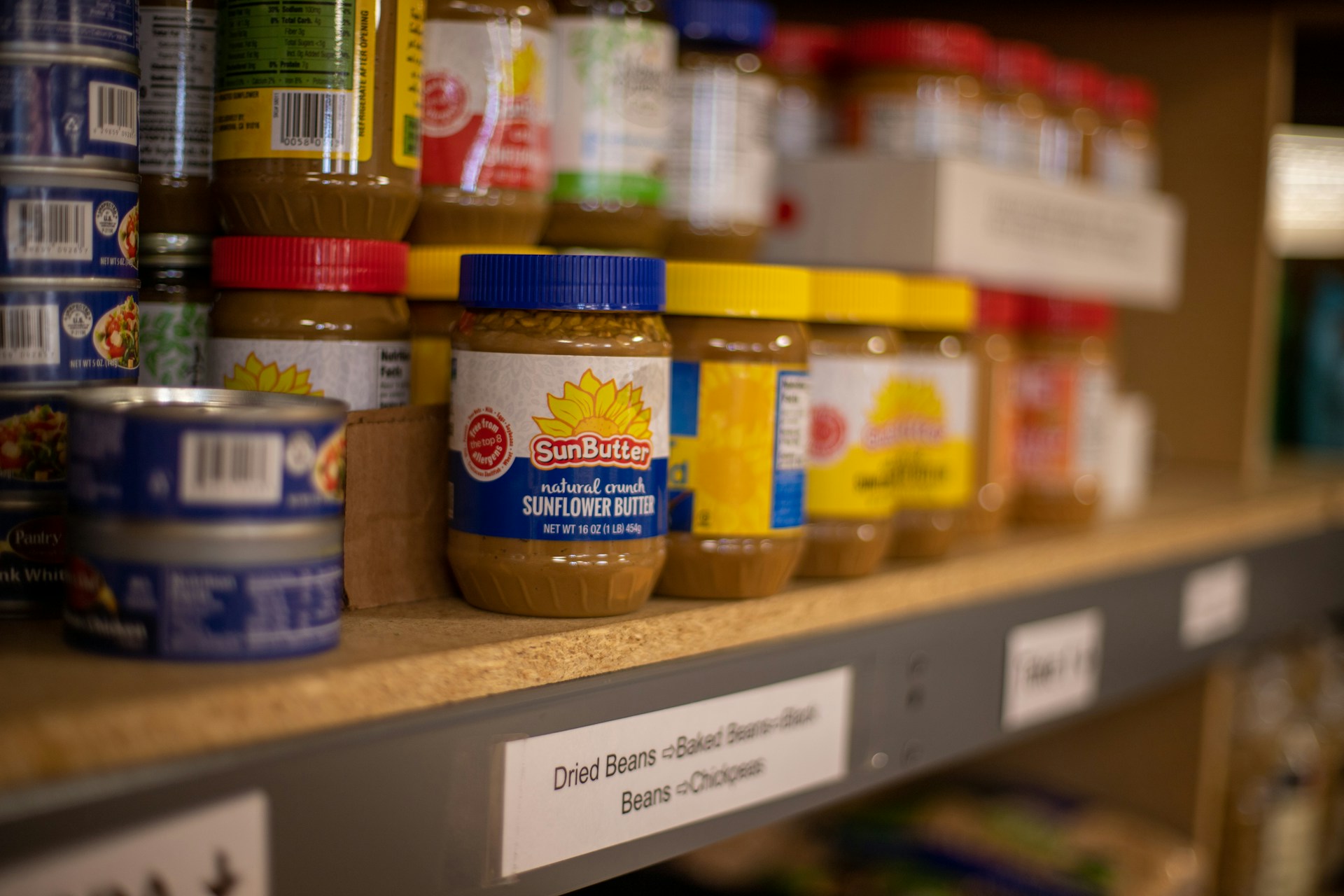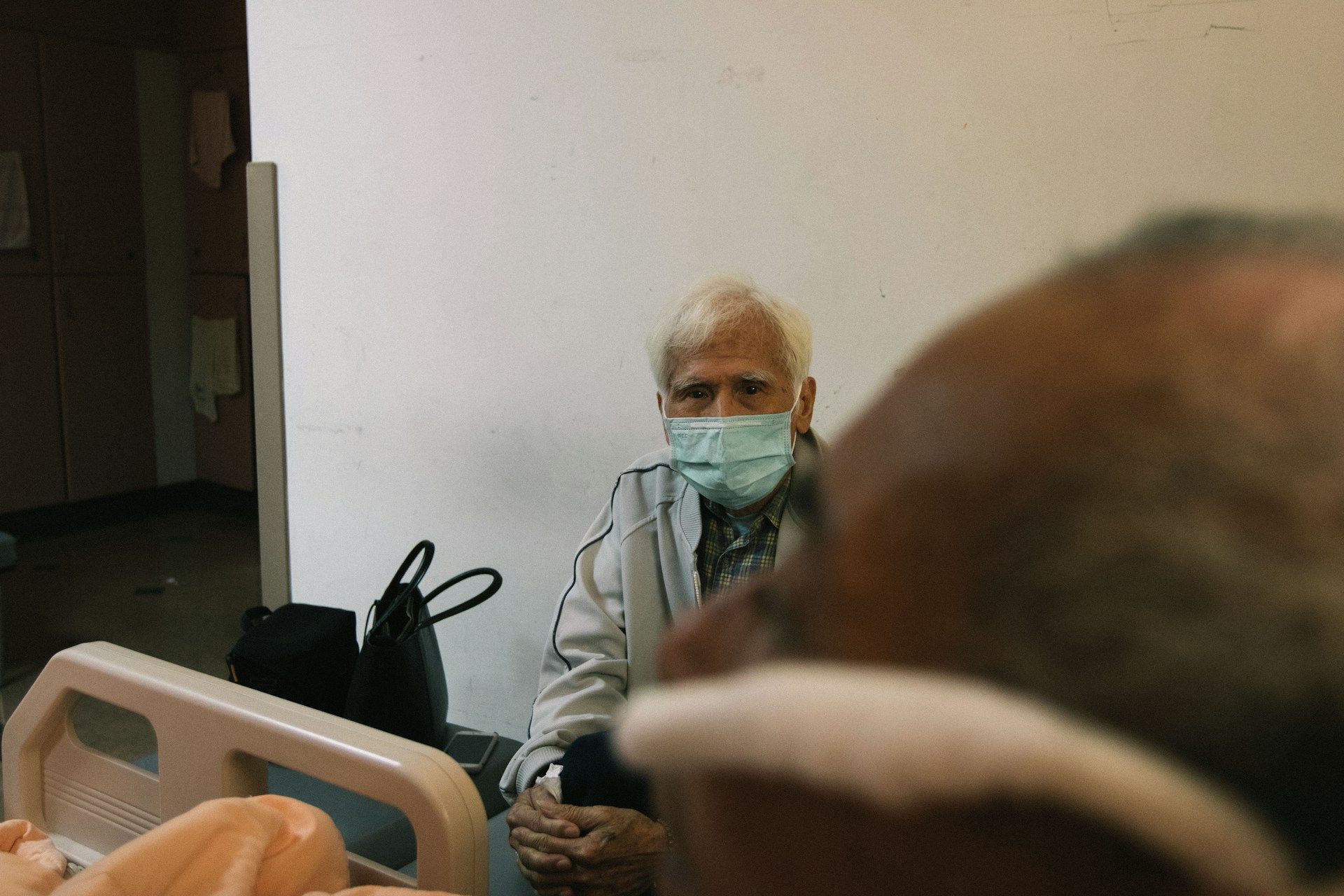Improving Nutrition Services to Reduce Plate Waste in Patients Hospitalized Based on Theory of Constraint
Downloads
Background: Highly plate waste in hospitalized patients has become a problem in Hospitals' nutrition service department, this causes adding treatment time for patient's recovery and making the hospital service inefficient.
Objectives: This research strives to develop a set of recommendations to improve the nutrition department service quality by reducing plate wastes in hospitals.
Methods: This research uses a cross-sectional approach. The constraint causing analysis is done by observing dominant waste in each menu's component and conducting FGD with the management team, nutrition department, and other related departments. The research population is 3000 plates.
Results: One of the success indicators in the hospital's nutrition services is less than 20% of plate waste. It was found that 26,65% or 327 of 1230 observed plates have more than 20% plate waste. The constraint was set with low scale value, food's aroma, with 2,7 which make food's aroma as a first priority problem to solve.
Conclusions: The solution recommendation about constraint causes was sent to the nutrition department and hospital directors to review the hospital's policies and SOP. The improvement can be focused on the hospital's internal policies, Standard Operating procedures, employee competencies, obedience to set procedures, and also chefs and cooks skill
Kemenkes. Pedoman Pelayanan Gizi Rumah Sakit. Minister of health vol. 66 37–39 (2013).
Ofei, K. T., Holst, M., Rasmussen, H. H. & Mikkelsen, B. E. Effect of meal portion size choice on plate waste generation among patients with different nutritional status. An investigation using Dietary Intake Monitoring System (DIMS). Appetite 91, 157–164 (2015).
McCray, S., Maunder, K., Barsha, L. & Mackenzie-Shalders, K. Room service in a public hospital improves nutritional intake and increases patient satisfaction while decreasing food waste and cost. J. Hum. Nutr. Diet. 31, 734–741 (2018).
Kemenkes. Standar Pelayanan Minimal Rumah Sakit. (2008).
Pada, T., Di, P. & Soeradji, R. The Effect of Non-Diet Food Standards Modification on Wasted Food Costs In. 4, 55–68 (2020).
Zubiaga, T. et al. Nutrición Hospitalaria Trabajo Original. Nutr Hosp 33, 832–837 (2016).
Groop, J., Reijonsaari, K. & Lillrank, P. Applying the theory of constraints to health technology assessment. Intl J Adv Life sci 2, (2010).
Rosenthall, S. Vowel/glide alternation in a theory of constraint interaction. Vowel/Glide Altern. a Theory Constraint Interact. 1–287 (2013) doi:10.4324/9781315052359.
Bahadori, M., Raadabadi, M., Salimi, M. & Ravangard, R. Discharge against Medical Advice: A Case Study in a Public Teaching Hospital in Tehran, Iran in 2012. Glob. J. Health Sci. 5, (2013).
Lin, Q.-L., Liu, H.-C., Wang, D.-J. & Liu, L. Integrating systematic layout planning with fuzzy constraint theory to design and optimize the facility layout for operating theatre in hospitals. J. Intell. Manuf. 26, 87–95 (2015).
von Massow, M. & McAdams, B. Table scraps: An evaluation of plate waste in restaurants. J. Foodserv. Bus. Res. 18, 437–453 (2015).
Dias-Ferreira, C., Santos, T. & Oliveira, V. Hospital food waste and environmental and economic indicators–A Portuguese case study. Waste Manag. 46, 146–154 (2015).
Karunia Tanuwijaya, et al. Sisa Makanan Pasien Rawat Inap: Analisis Kualitatif. Indones. J. Hum. Nutr. 5, 51–61 (2018).
Irawati, I., Prawiningdyah, Y. & Budiningsari, R. D. Analisis sisa makanan dan biaya sisa makanan pasien skizofrenia rawat inap di Rumah Sakit Jiwa Madani Palu. Jurnal Gizi Klinik Indonesia vol. 6 123 (2010).
Dewi & Sulfia, L. Faktor-Faktor yang Berhubungan dengan Sisa Makanan pada Pasien Rawat Inap di Rumah Sakit Djatiroto Lumajang. Repos. Univ. Jember (2015).
Williams, P. G. & Walton, K. Plate waste in hospitals and strategies for change. 6, (2011).
Aguilar-Escobar, V. G., Garrido-Vega, P. & González-Zamora, M. del M. Applying the theory of constraints to the logistics service of medical records of a hospital. Eur. Res. Manag. Bus. Econ. 22, 139–146 (2016).
Liber Andarwulan, A. D. R. Peningkatan Kualitas Cita Rasa Makanan Rumah Sakit Untuk Mempercepat Penyembuhan Pasien. Jurnal Mutu Pangan. (2014).
YİĞİTOÄžLU, V. The Application of the Plate Waste on Menu Analysis. J. Tour. Gastron. Stud. 8, 191–210 (2020).
Bell, A. F., Tapsell, L. C., Walton, K. & Batterham, M. Unwrapping nutrition: Exploring the impact of hospital food and beverage packaging on plate waste/intake in older people. Appetite 144, 104463 (2020).
Almatsier, S. PENGARUH MODIFIKASI PENAMPILAN MAKANAN LUNAK YANG DISAJIKAN TERHADAP SISA MAKANAN PASIEN DI RSUP DR. HASAN SADIKIN BANDUNG VITA NURHIKMAH, Susetyowati, Dr., DCN, M.Kes.; Tjahjono Kuntjoro, dr., MPH, Dr.PH. (2019).
Eriksson, M., Malefors, C., Bergström, P., Eriksson, E. & Persson Osowski, C. Quantities and quantification methodologies of food waste in Swedish hospitals. Sustainability 12, 3116 (2020).
Kemenkes, R. I. Undang-Undang Republik Indonesia No. 44 tentang Rumah Sakit. Kementerian Kesehatan Republik Indonesia, Jakarta (2009).
Atkinson, A. A., Kaplan, R. S., Matsumura, E. M. & Young, S. M. Management Accounting: Information for Decision-making and Strategy Execution. Essex. (2012).
Bauer, J. M., Vargas, A., Sellitto, M. A., Souza, M. C. & Vaccaro, G. L. The thinking process of the theory of constraints applied to public healthcare. Bus. Process Manag. J. (2019).
AMERTA NUTR by Unair is licensed under a Creative Commons Attribution-ShareAlike 4.0 International License.
1. The journal allows the author to hold the copyright of the article without restrictions.
2. The journal allows the author(s) to retain publishing rights without restrictions
3. The legal formal aspect of journal publication accessibility refers to Creative Commons Attribution Share-Alike (CC BY-SA).
4. The Creative Commons Attribution Share-Alike (CC BY-SA) license allows re-distribution and re-use of a licensed work on the conditions that the creator is appropriately credited and that any derivative work is made available under "the same, similar or a compatible license”. Other than the conditions mentioned above, the editorial board is not responsible for copyright violation.












































